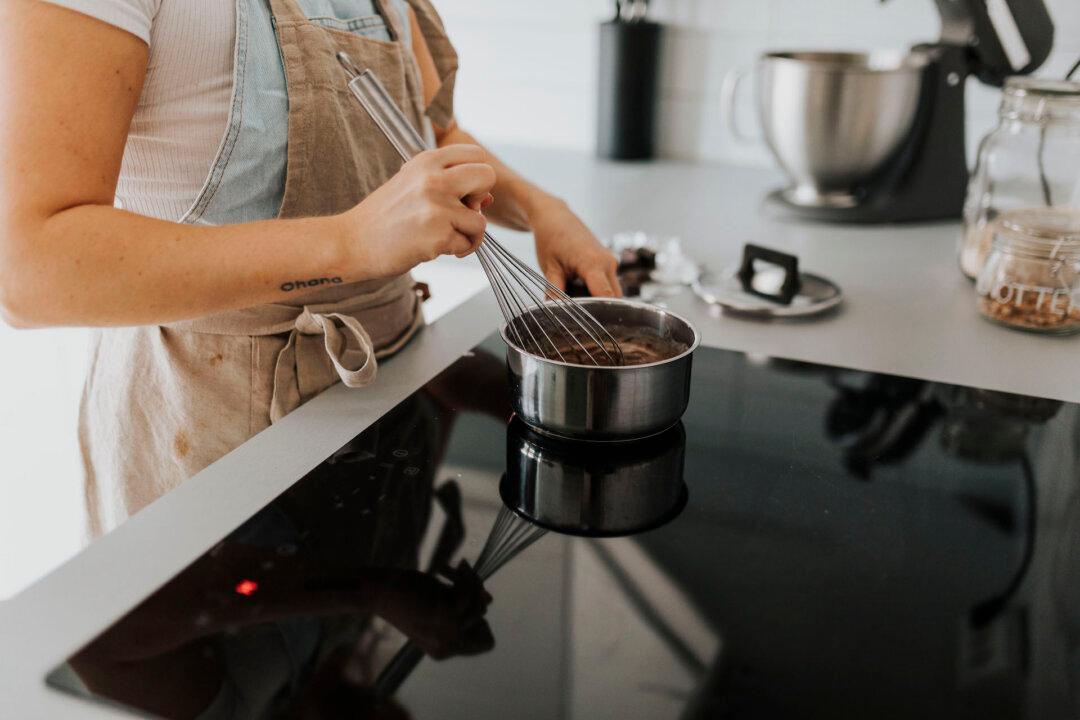From ranunculus to roses, dahlias to daisies—fresh bouquets of flowers are a staple in many homes during the spring and summer months. Once you’ve put out your carefully-curated arrangement, you want to show it off—and it’s always a disappointment when your blooms start drooping earlier than expected. To avoid this, experts say it’s all about keeping them fresh and changing the water regularly.
But how regularly: Is it a daily job? Weekly? To get the answer and all the expert tips for keeping your flowers hydrated and to make them last as long as possible, we asked two professional florists for their top tips.
Refresh the water every few days.
According to Gracie Poulson, co-founder of California-based Grace Rose Farm and author of “Garden Roses: The Complete Guide to Growing and Arranging Spectacular Blooms,” the general rule for water changes is simple. For optimal longevity, you should change the water of your fresh-cut flowers every two to three days.
That said, if the water starts to look cloudy or dirty before the two- to three-day mark, you should definitely change it earlier. Dirty water is one of the first signs bacteria is growing in your vase, which can drastically shorten the life of your bouquet, says JP Varvarigos, a third-generation florist and owner of Florida-based Wellington Florist. He recommends you remove the flowers, dump out the dirty water, and wash out the vase thoroughly before refilling with fresh water to clear out any active bacteria.
Don’t worry about keeping different flowers on varying schedules.
If you have one bouquet of baby’s breath and another of hydrangeas, you don’t have to worry about putting them on a different schedule. The recommendation for the frequency of water changes doesn’t vary based on the flower species, Poulson says. However, you can do a few things to ensure they stay fresh for as long as possible.
“Alongside changing the water for your flowers every couple of days, you should be cutting the ends of your stems,” she says. “This allows for greater water uptake and the more water your flowers can ‘drink,’ the longer and healthier their vase life will be.”
Another pro tip: Remove any foliage on the stem’s lower part before placing the bouquet in the water.
“Foliage in the water is a big no-no,” Varvarigos says. “Always remove any leaves from below the water line—they instantly start decomposing and causing bacterial growth.”
Keep the water level high.
Even more important than changing the water every few days is always providing your flowers with enough to drink. Fresh-cut flowers are thirsty and can go through the water quickly, so your vase should be topped off at all times.
“The most important thing is to maintain a high water level even if you do not re-cut the stems or change the water completely,” Varvarigos says. “Stems not touching the water will kill your flowers, and there’s no coming back [from that].”
However, there’s one slight exception to this rule: Certain flowers with soft, watery stems, like tulips and calla lilies, do best with just a couple of inches of water in the vase at a time. This is because these flowers naturally hold lots of water in their stems and absorb it through the stem walls, not just the cut end, Varvarigos explains. So, while you don’t want the stems left without any water, less is more with these types.
“Too much water can cause the stems to get waterlogged, split and rot, which will make the water gross and kill them faster,” he says.
This may mean that more careful monitoring of your tulips and calla lilies is required compared to other species with hardier stems, along with more frequent water top-ups.







